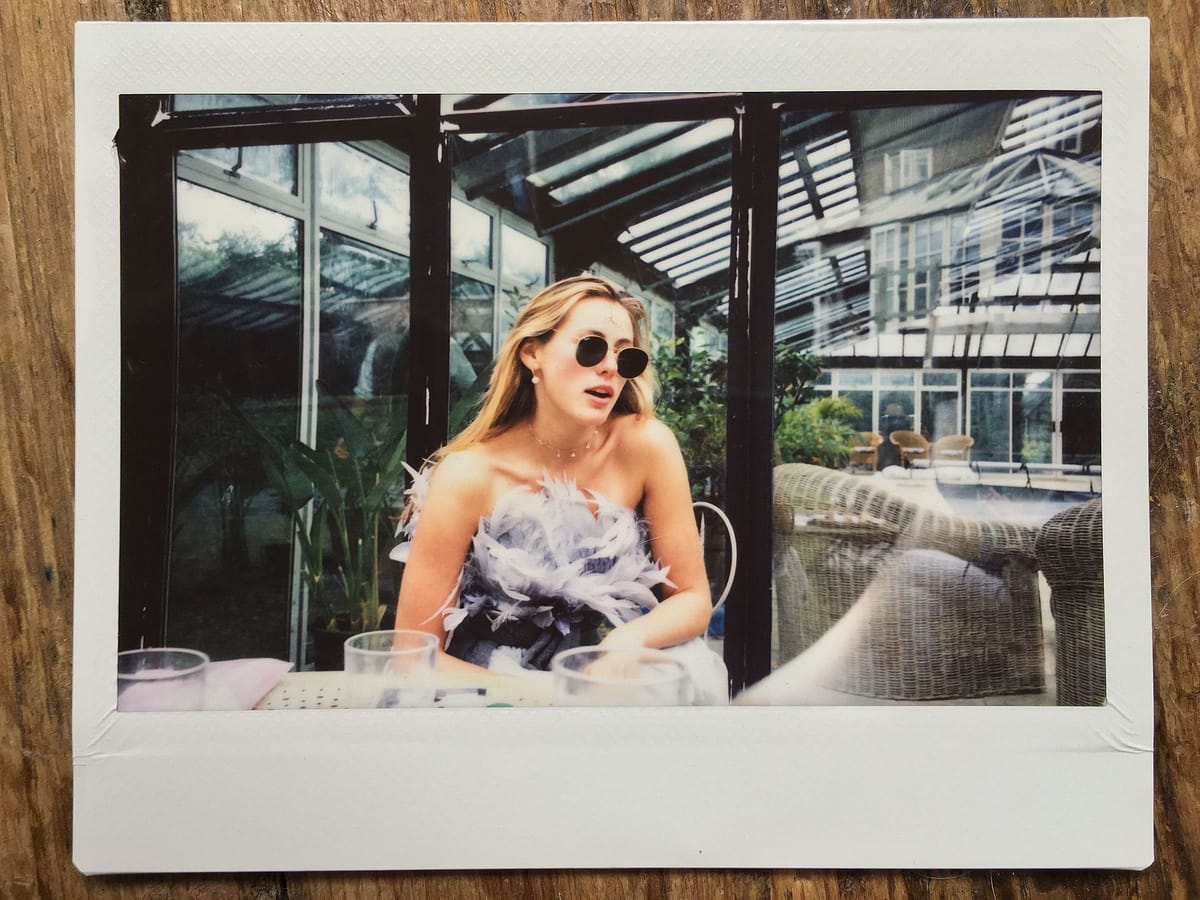What We Can Learn From Instagram’s Latest Influencer Scam

I have long been intrigued by Instagram influencer Caroline Calloway, who boasts over 800,000 followers on the social media platform. Well before the 27-year-old Virginia native set the internet ablaze when her nationwide “scam” literary tour crashed and burned — Calloway had promised attendees that for $165 a pop, she would provide “personalized” care packages and provide tips on how to “cultivate creativity” and craft an Instagram brand — I often flipped through her Instagram page.
As far back as 2014, I remember being enchanted by her life: she attended school at Cambridge University in England, wore orchids in her hair and, most importantly, had a Swedish boyfriend, Oscar, who seemed like a character straight out of a romantic comedy. In snappily charming prose, she recounted this fairytale romance, taking her followers back to when they first met, and often ending her posts with a “TO BE CONTINUED.” I was hooked.
She also frequently made references to her forthcoming memoir “And We Were Like”, posting pictures of its cover, a pair of girlie white sunglasses artfully displayed on a bed of flowers.
Then, suddenly, in 2017, her Instagram went silent. It stayed that way for more than a year.
When Calloway ultimately resurfaced, having archived her posts from the previous two years, she had shifted away from her lengthy captions to using the Instagram story function (similar to Snapchat, these stories disappear after 24 hours). And despite scoring a $350,000 advance deal for the book (a number Calloway occasionally changed to $500,000), “And We Were Like” was never published.
Then, in 2019, Calloway launched her ill-fated tour, dubbed a “one-woman Fyre Fest” by the media. Calloway herself captured her downfall, posting Instagram stories of being inundated by mason jars (1,200 jars were delivered to her NYC studio apartment as part of her care packages), complaining about making lunch for everyone and abruptly moving all of the tour locations to New York. Her followers (and ticket-buyers) desperately asked her to reconsider; they simply could not make the cross-country journey. Here’s the thing: Calloway had never even booked the venues.
But the backlash, while perhaps temporarily humbling Calloway, ultimately did not dissuade her. She hosted an event in August called “the Scam,” where she embraced her new identity and sold tickets for the same $165 price. And people showed up. (Why? Out of a desire to see another disaster unfold before their eyes? A still-burning admiration for the “artist?”)
Perhaps her biggest scam of all was revealed less than a week ago. Her former friend, Natalie Beach, published an article for The Cut, revealing herself as Calloway’s ghostwriter. She had co-written many of Calloway’s Instagram captions — the very ones I had been avidly following — and had authored most of the proposal for the book that had never materialized.
She also revealed that Calloway had purchased tens of thousands of fake followers when trying to launch her account; the Instagram account itself was a lie. In the article, Beach also discussed Calloway’s all-consuming Adderall addiction (something Calloway had also revealed to her followers), her friendless existence at Cambridge (she had been rejected twice and attended NYU first, but could not bear the thought of an NYU degree), and her propensity to cry over mundane gifts and to lie about objects from her room being stolen, only for them to reappear days later. Everyone around Beach told her that Calloway was bad news. But she didn’t heed their advice.
While Calloway was posting dreamy pictures of Cambridge’s storied halls and dates with Oscar, she was actually drowning in her addiction. She was depressed and suicidal, squandering her massive book deal. (To date, she has not paid back the advance to Flatiron Publishing.)
Her Instagram captions now more closely reflect this reality: they are angry, messy and weirdly self-aggrandizing about her “faculty with language” and creativity. She posted constantly about Beach’s upcoming article, the scam news coverage and various journalists who both disdain and are fascinated with her.
She is a “self-obsessed mess,” as one Vice article dubbed her — and a phrase that Calloway began printing on her own merchandise. But maybe for the first time, we can see the mess.
And maybe Calloway can tell us something larger about influencers, about the power they have over their followers — who are willing to spend substantial amounts of money just to meet them — and about the stark difference between Instagram and reality.





Comments ()